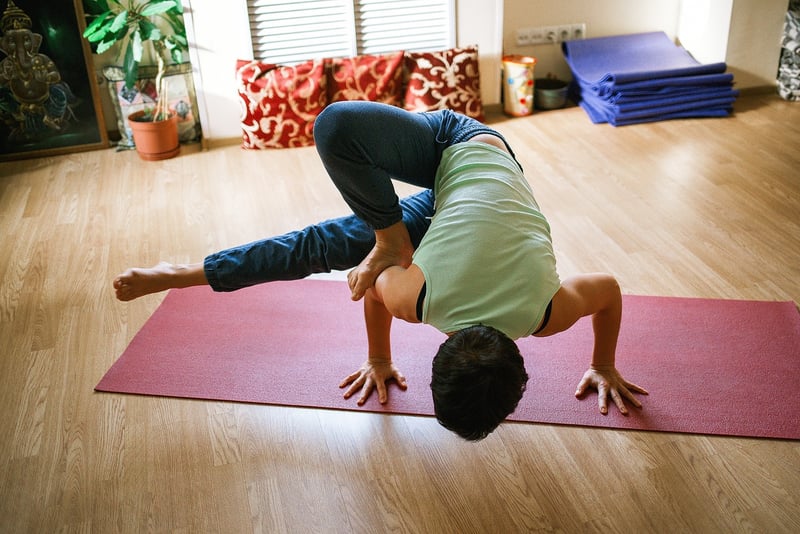Static Stretching
Improving Flexibility and Preventing Injury with Static Stretching

Flexibility plays a crucial role in overall fitness and can significantly impact our daily activities and performance in sports and exercise. One effective way to enhance flexibility and reduce the risk of injury is through static stretching.
What is Static Stretching?
Static stretching involves lengthening a muscle to the point of mild discomfort and holding that position for a set amount of time, typically 15-30 seconds. This type of stretching helps improve flexibility by elongating the muscle and increasing its range of motion.
Benefits of Static Stretching
- Improves flexibility and range of motion
- Enhances muscle coordination and balance
- Helps prevent injuries by preparing muscles for activity
- Relieves muscle tension and soreness
Proper Static Stretching Technique
When performing static stretches, it is essential to follow these guidelines:
- Warm up your body with light aerobic activity before stretching
- Hold each stretch for 15-30 seconds without bouncing
- Breathe deeply and relax into the stretch
- Avoid stretching to the point of pain
- Stretch both sides of the body equally
Best Static Stretches for Flexibility
Some effective static stretches to improve flexibility include:
- Hamstring Stretch
- Quadriceps Stretch
- Calf Stretch
- Shoulder Stretch
- Triceps Stretch
- Back Stretch

Incorporating static stretching into your daily routine can lead to improved flexibility, better posture, and reduced risk of injury. Remember to listen to your body and consult a fitness professional for personalized stretching recommendations.
Stay flexible, stay healthy!
